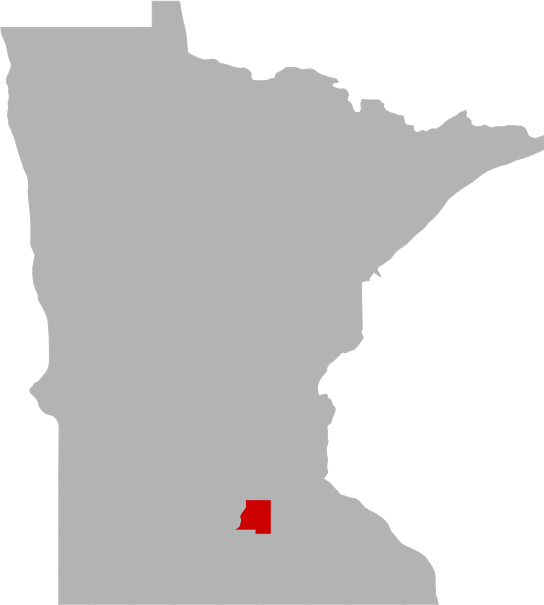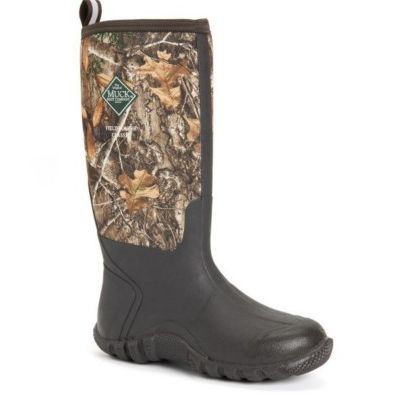Today's Best Fishing Times
Get the best fishing times for Rays Lake with Lake-Link's Fishing Forecast. SEE MORE


Share Your Catch & Win!
Frequently Asked Questions About Rays Lake, MN
- How big is Rays Lake?
- How deep is Rays Lake?
- What kind of fish can you catch in Rays Lake?
- What are the closest cities to Rays Lake?
- Are there places to stay in the Rays Lake area?
- Are there boat launches on Rays Lake?
- Are there places to eat and drink near Rays Lake?
- What is the average air temp for Rays Lake?
- Are there any state parks near Rays Lake?
How big is Rays Lake?
How deep is Rays Lake?
What kind of fish can you catch in Rays Lake?
Other fish species in the lake include Blackchin Shiner, Bluntnose Minnow, Freshwater Drum, Golden Shiner, Green Sunfish, Hybrid Sunfish, Spottail Shiner and White Sucker.
What are the closest cities to Rays Lake?
Are there places to stay in the Rays Lake area?
More Lodging Options
Are there boat launches on Rays Lake?
Are there places to eat and drink near Rays Lake?
What aquatic invasive species are found in Rays Lake?
Join us in the fight to prevent the spread of invasive species These sneaky creatures can hitch a ride on boats, clinging onto propellers, anchor lines, and trailers. They can even survive in hidden places like bilge water and ballast tanks, or disguise themselves in dirt and sand that sticks to nets, buckets, anchors, and waders. But don't worry, we have the power to stop them in their tracks with just a few simple steps. So let's do our part and protect our waters from these unwanted invaders.
History & Status of the Fishery
Introduction
Rays (Charles) Lake is a 156.3 acre lake located in Le Sueur County north of the town of Elysian. A public access is located on the south side of the lake off 1st Street North, which goes north from Elysian. Rays Lake has a maximum depth of 32.0 feet. Eurasian watermilfoil is present in Rays Lake. Boaters should be sure to remove all aquatic vegetation from boats, trailers, and equipment and drain all water from livewells, transoms, and bilges when leaving the lake to prevent the spread of Eurasian watermilfoil to other lakes. Rays Lake is primarily managed for bluegill, black crappie, and largemouth bass and secondarily managed for northern pike. Fish are only stocked in Rays Lake in the event of a winterkill. Rays Lake is in Lake Class 38, based on limnological variables. Other area lakes in this same classification include Horseshoe Lake (Le Sueur County), Duck Lake (Blue Earth County), and Hunt Lake (Rice County). Rays Lake was surveyed the week of July 21st, 2014 as part of a regular monitoring program conducted by Minnesota DNR. This survey was intended to assess the fish community by deploying gill nets and trap nets, as well as recording water quality parameters.
Bluegill
The bluegill population in Rays Lake has shown patterns of erratic recruitment, ranging from 21.8 fish/net in 1985 to 137.5 fish/net in 1990. The 2014 bluegill catch rate was 24.7 fish/net, which falls below the lake average of 63.0 fish/net. The length of bluegill collected in trap nets ranged in length from 2.6 to 8.0 inches and averaged 5.7 inches, revealing a small size structure.
Black Crappie
After a record high abundance in 2009 (47.5 fish/net), black crappie catch rates dropped to 4 fish/net in 2014. This is well below the long-term average for Rays Lake (20.5 fish/net). Despite the lower abundance, the size structure of black crappie improved since the last survey in 2009. In 2009, only 3% of all black crappie measured 8.0 inches or longer. In 2014, however, 57% of the black crappie catch measured 8.0 inches or longer. The black crappie lengths averaged 7.9 inches and the largest individual was 14.3 inches, indicating a quality size structure with some larger individuals. Although black crappie were not aged, a length frequency histogram indicates that the population is mostly dominated by one single year class.
Largemouth Bass
Largemouth bass are not effectively collected in the sampling gears used in this survey. As a result, only one fish was sampled (0.2 fish/net), which measured 14.6 inches. Anecdotal reports from shore anglers indicate quality largemouth bass fishing in Rays Lake, with some larger individuals being caught. With abundant aquatic vegetation and prey fish available, Rays Lake has the potential to be a great largemouth bass lake.
Northern Pike
The 2014 northern pike catch rate of 3.8 fish/gill net fell below the long-term lake average of 4.8 fish/gill net. Northern pike lengths ranged from 21.3 to 28.7 inches and averaged 24.2 inches, indicating a small size structure of northern pike. Most of the northern pike were from the same year class (2011), which averaged 24.5 inches in length as three year old fish. Northern pike are not stocked in Rays Lake, so the population is sustained through natural reproduction. In the event of a severe winterkill, northern pike and other game species would be stocked to initiate the population.
Walleye
Walleye abundance in Rays Lake has remained low throughout the survey history. The catch rate in 2014 was 0.8 fish/gill net (5 total walleye). The walleye sampled during this survey were large, ranging from 22.8 to 24.8 inches and averaging 23.8 inches. Although the size structure was large, walleye seem to have slow growth in Rays Lake compared to other lakes in southern Minnesota.
Other Species
A total of 29 black bullheads were sampling in 2014 from both gear types. Lengths of black bullheads ranged from 6.5 to 12.1 inches and averaged 11.1 inches. Other fish species collected in low abundance included common carp (N = 14), bowfin (N = 8), freshwater drum (N = 4), yellow perch (N = 7), and pumpkinseed (N = 3).
Anglers can play an important role in maintaining or improving a fish population by practicing selective harvest. Selective harvest allows for the harvest of smaller fish for consumption, while encouraging the release of medium to large fish that may contribute to natural recruitment. This practice helps maintain balance in the fish community and provides anglers the opportunity to catch more and larger fish in the future. Additionally, smaller fish often taste better and have fewer contaminants than larger, older fish from the same water body.
Shoreline property owners also play an important role in the overall health of an aquatic ecosystem, including the fish population. Natural shorelines, including vegetation, woody debris, and bottom substrates, provide valuable habitat for fish and wildlife, help maintain water quality, and reduce bank erosion. By leaving natural shorelines unaltered or restoring them to natural conditions, shoreline property owners are doing their part to maintain or improve a healthy ecosystem in the lake and protect the resource for future generations.
What is the average air temp for Rays Lake?
Are there any state parks near Rays Lake?
For more Minnesota State Park information see our State Park Guide.
More Nearby Lakes To Explore
There's more lake's to explore around Rays Lake...| DISTANCE | ACRES | MAX DEPTH | |
| Lake Frances | 1.2 mi | 927 | 60 ft |
| Fish Lake | 1.3 mi | 77 | 55 ft |
| Steele Lake | 2.1 mi | 76 | 27 ft |
| Lily Lake | 2.3 mi | 114 | 23 ft |
| Elysian (Main Lake) | 3.0 mi | 2,215 | 13 ft |
| Roemhildts Lake | 3.6 mi | 71 | 60 ft |
| Tetonka Lake | 3.6 mi | 1,358 | 35 ft |
| Reeds Lake | 3.7 mi | 193 | 58 ft |
| German Lake | 4.9 mi | 792 | 51 ft |
| Toner's Lake | 5.1 mi | 130 | 6 ft |

















